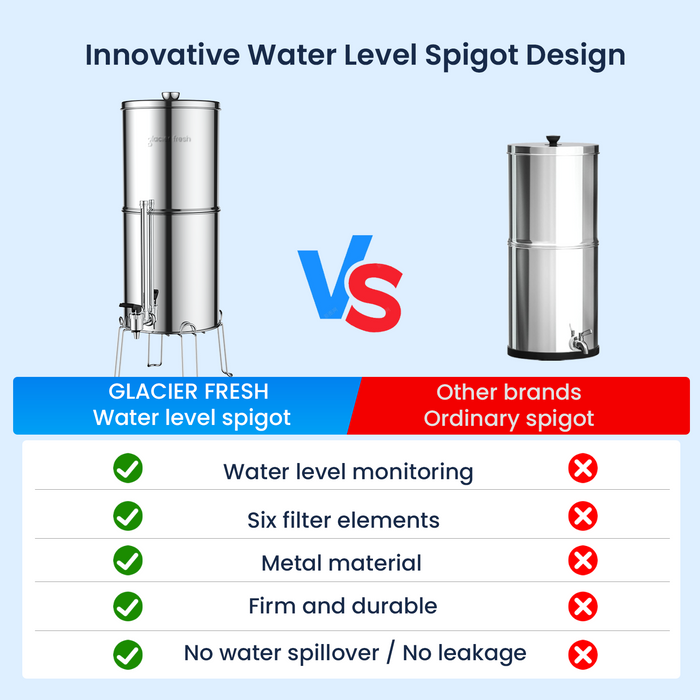Water is essential for our survival, and access to clean drinking water is a basic human right. However, not everyone has access to safe drinking water, which is why gravity water filters play a crucial role in providing clean water to communities around the world.

The Importance of Clean Drinking Water
Clean drinking water is vital for maintaining good health and preventing waterborne diseases. Contaminated water can contain harmful bacteria, viruses, parasites, and chemicals that can lead to various illnesses, such as diarrhea, cholera, and typhoid.
Gravity water filters are an effective and affordable solution for purifying water in areas where access to clean water is limited. These filters use the force of gravity to remove impurities and make water safe for consumption.
How Gravity Water Filters Work
Gravity water filters operate on a simple yet ingenious principle. They consist of two chambers: an upper chamber where the untreated water is poured, and a lower chamber where the filtered water collects.
Inside the filter, there are different layers of filtration media, including activated carbon, ceramic, and sometimes additional materials like sand or gravel. Each layer serves a specific purpose in the filtration process.
1. Pre-Filtering
The first stage of the filtration process involves pre-filtering the water to remove larger particles and debris. This is typically done using a ceramic or fabric filter that traps sediment, dirt, and other visible impurities.
By removing these larger particles, the subsequent filtration stages can focus on eliminating smaller contaminants that are not visible to the naked eye.
2. Activated Carbon Filtration
After pre-filtering, the water passes through an activated carbon layer. Activated carbon is highly porous and has a large surface area, allowing it to effectively adsorb impurities.
Activated carbon can remove chlorine, volatile organic compounds (VOCs), pesticides, and other chemicals that may be present in the water. It also helps improve the taste and odor of the filtered water.
3. Microfiltration
The next stage of the filtration process involves microfiltration, where the water passes through a ceramic filter with microscopic pores. These pores are small enough to trap bacteria, protozoa, and other microorganisms that can cause waterborne diseases.
Microfiltration is a crucial step in ensuring the safety of the filtered water, as it effectively removes harmful pathogens that may be present in the source water.
4. Gravity-Assisted Filtration
Finally, gravity-assisted filtration allows the filtered water to flow from the upper chamber to the lower chamber. This process relies on the force of gravity, which pulls the water down through the filtration media.
As the water passes through the different layers of filtration media, impurities are trapped and removed, resulting in clean drinking water in the lower chamber.
Conclusion
Gravity water filters are a remarkable innovation that brings clean drinking water to communities in need. By harnessing the power of gravity and utilizing various filtration media, these filters effectively remove impurities and make water safe for consumption.
Access to clean drinking water is a fundamental right, and gravity water filters play a crucial role in ensuring this right is upheld. They provide a sustainable and affordable solution for communities around the world, improving health and overall quality of life.
References:
1. World Health Organization - Drinking-water quality
2. Centers for Disease Control and Prevention - Water Filters
3. NSF International - Water Filters and Treatment Technologies







